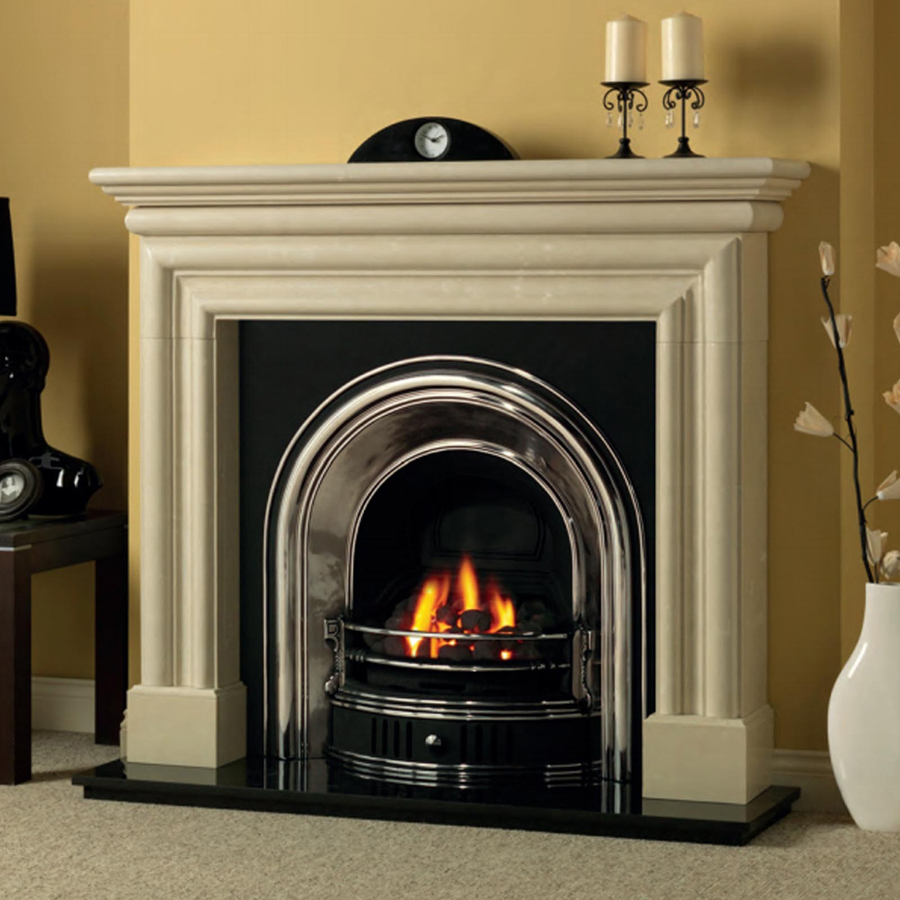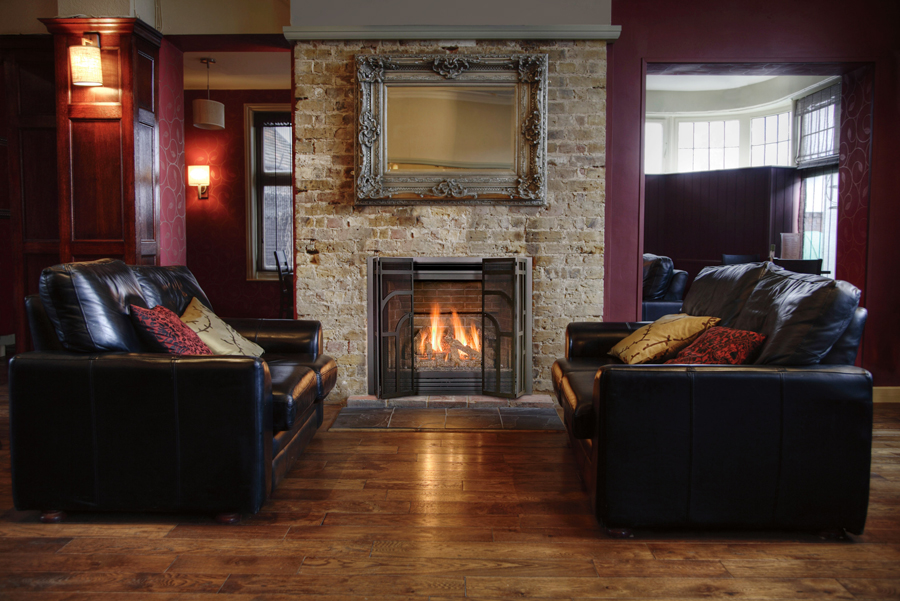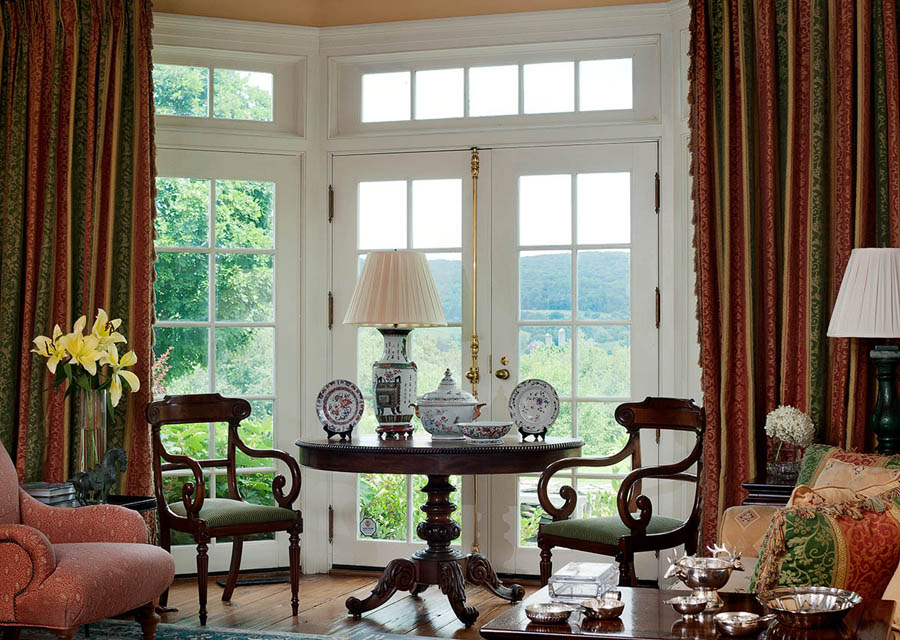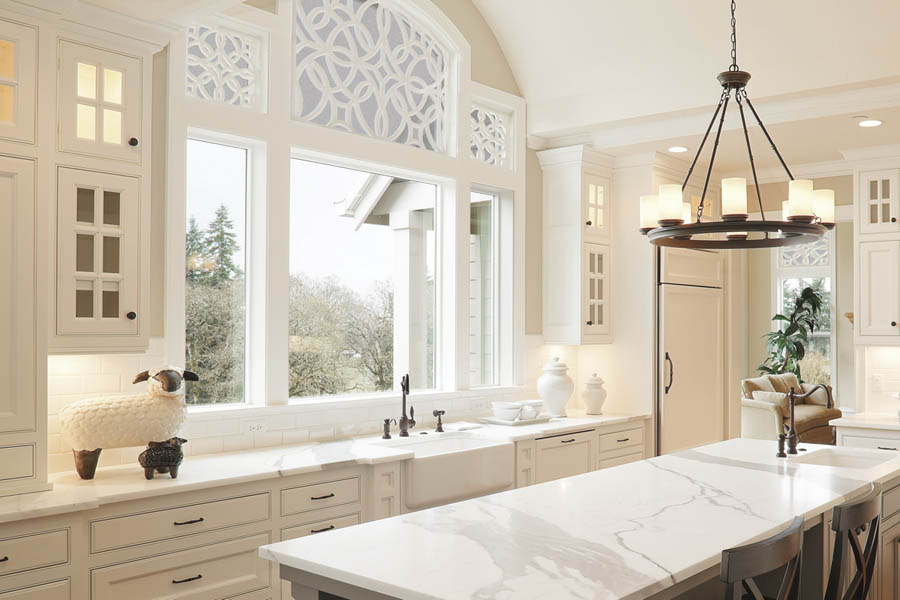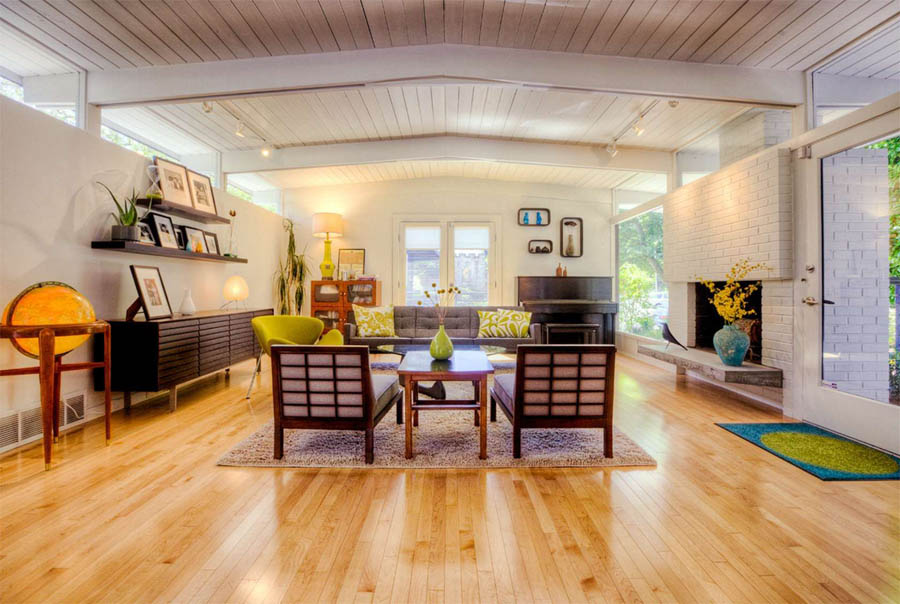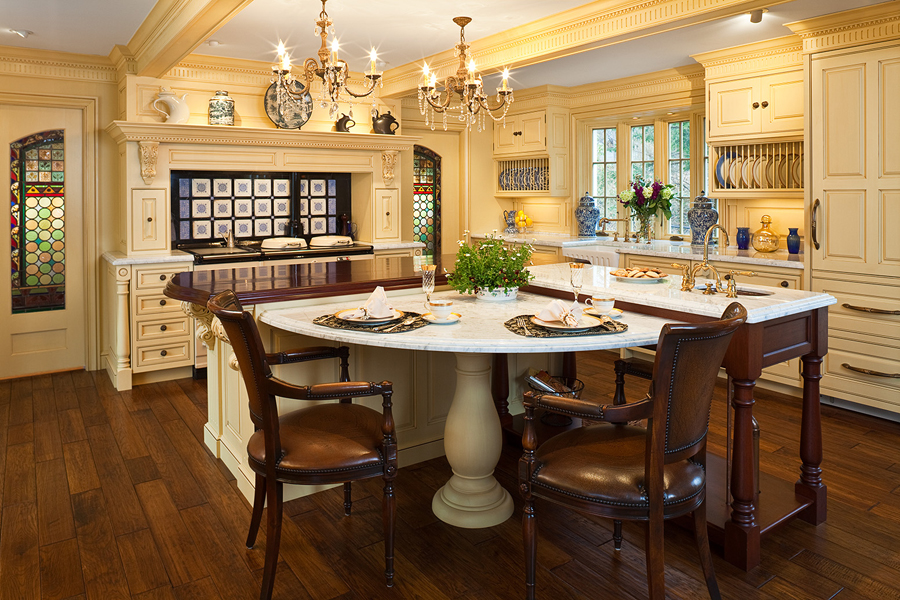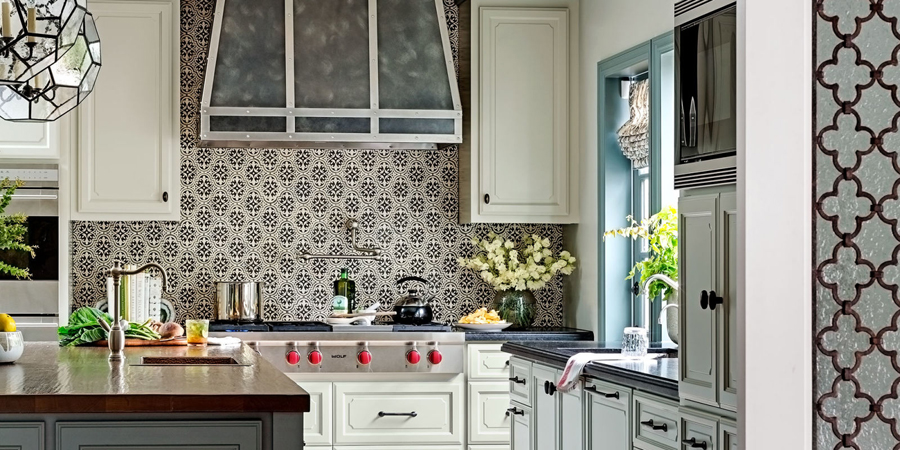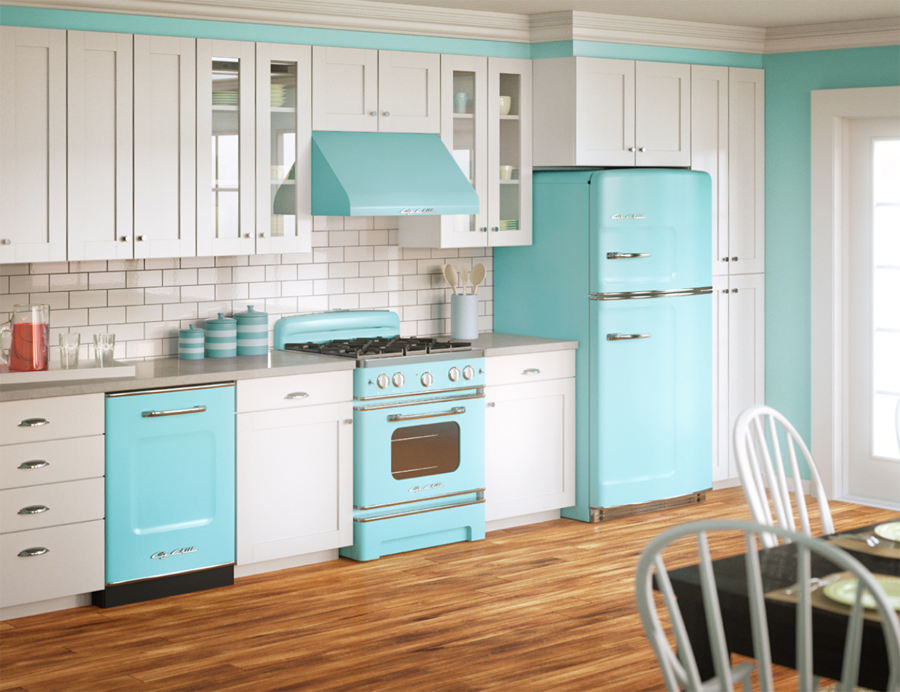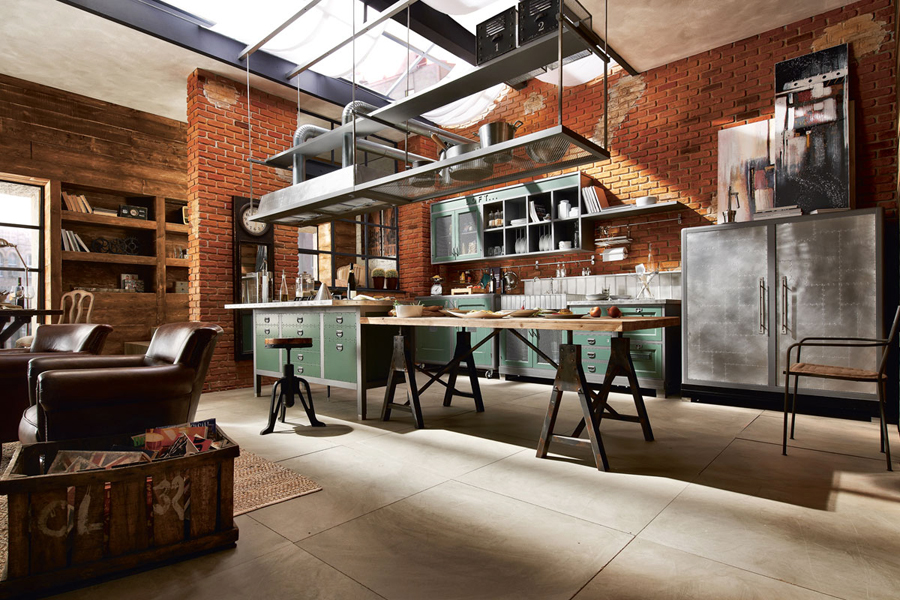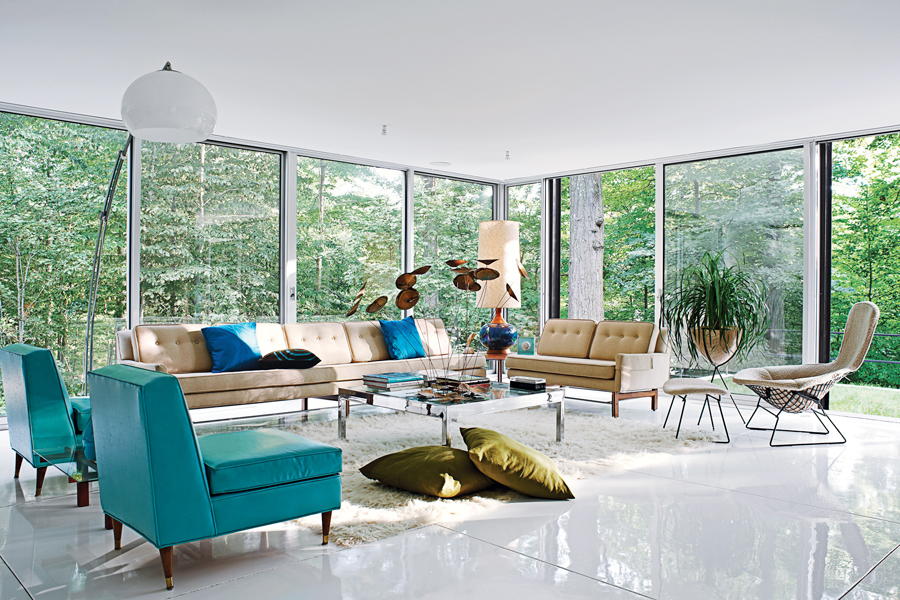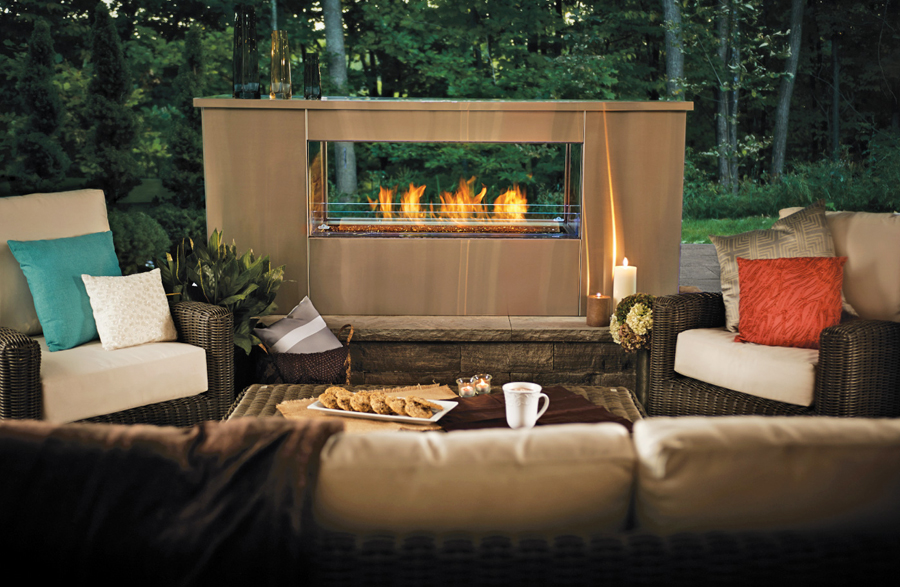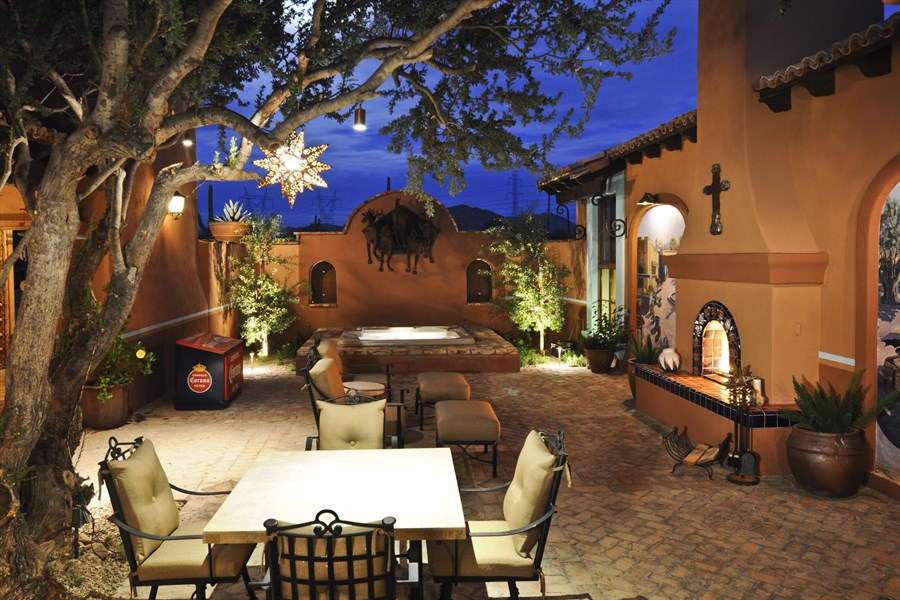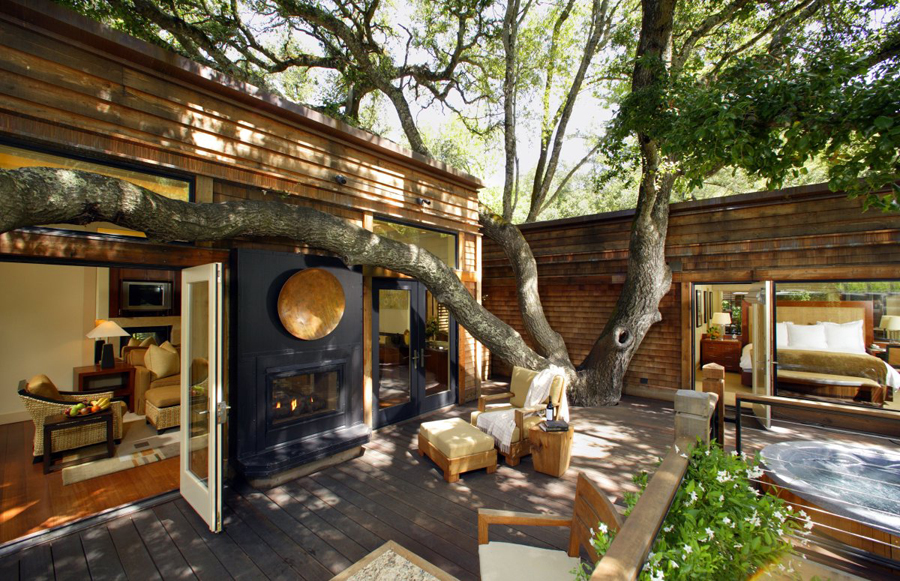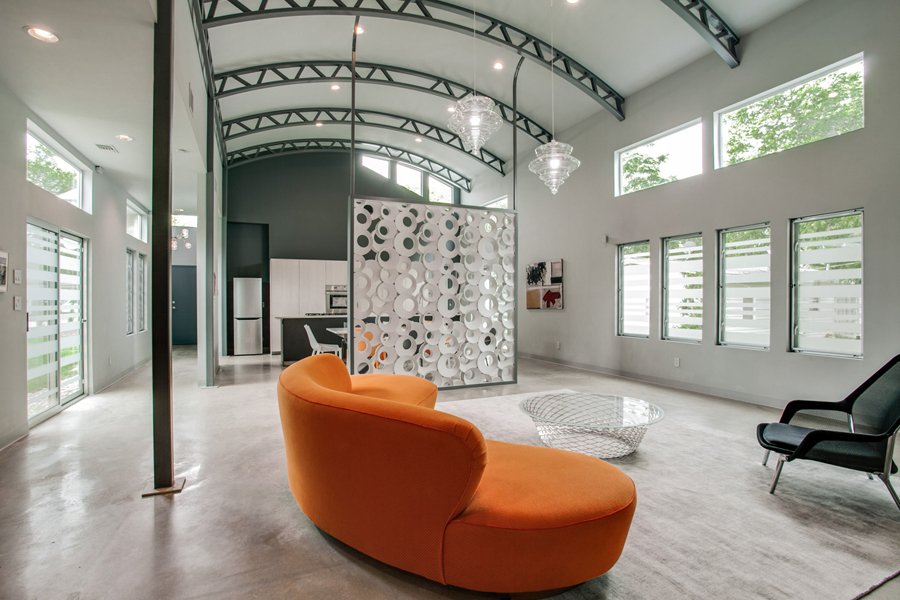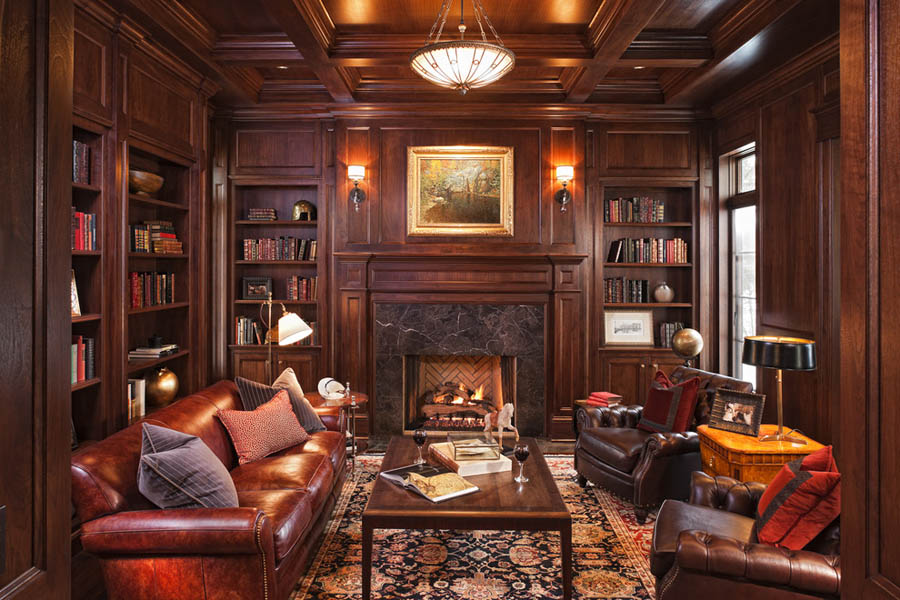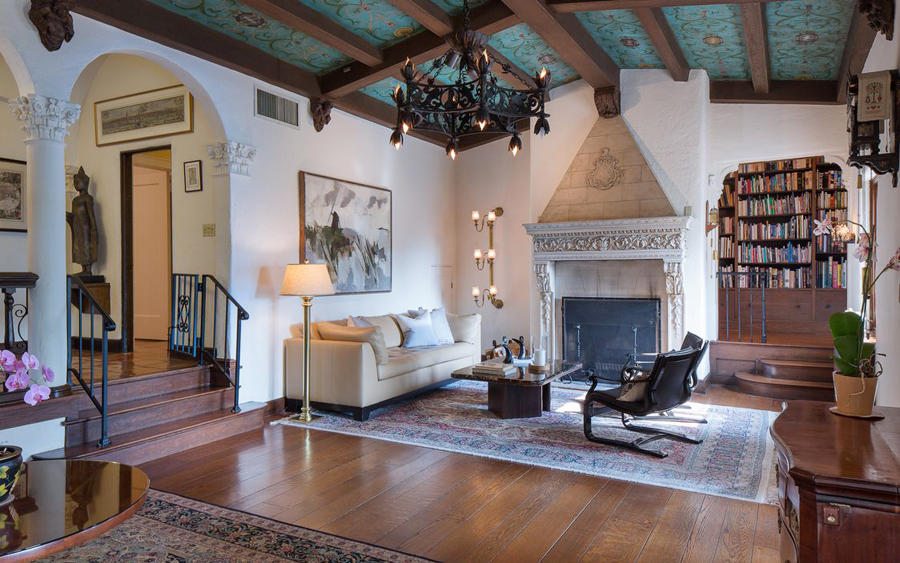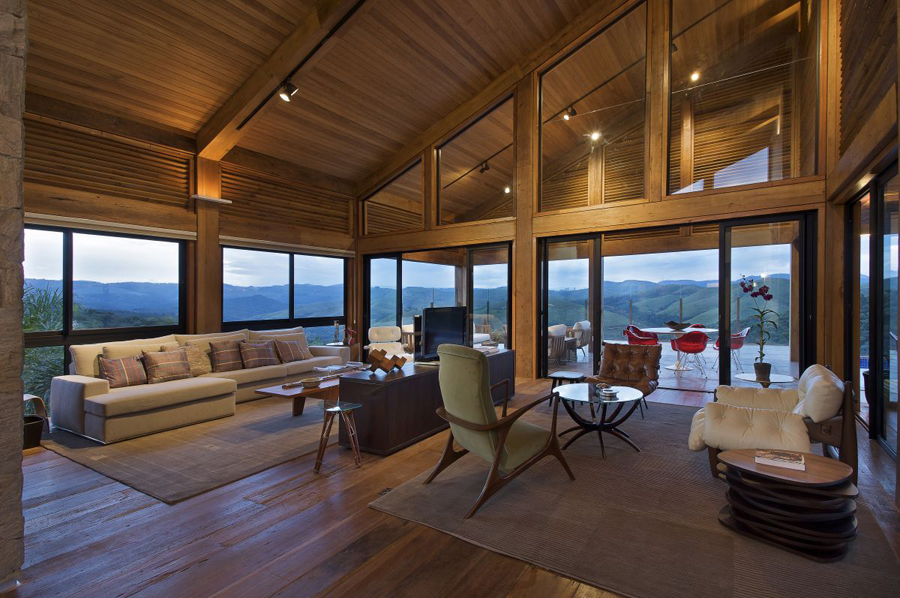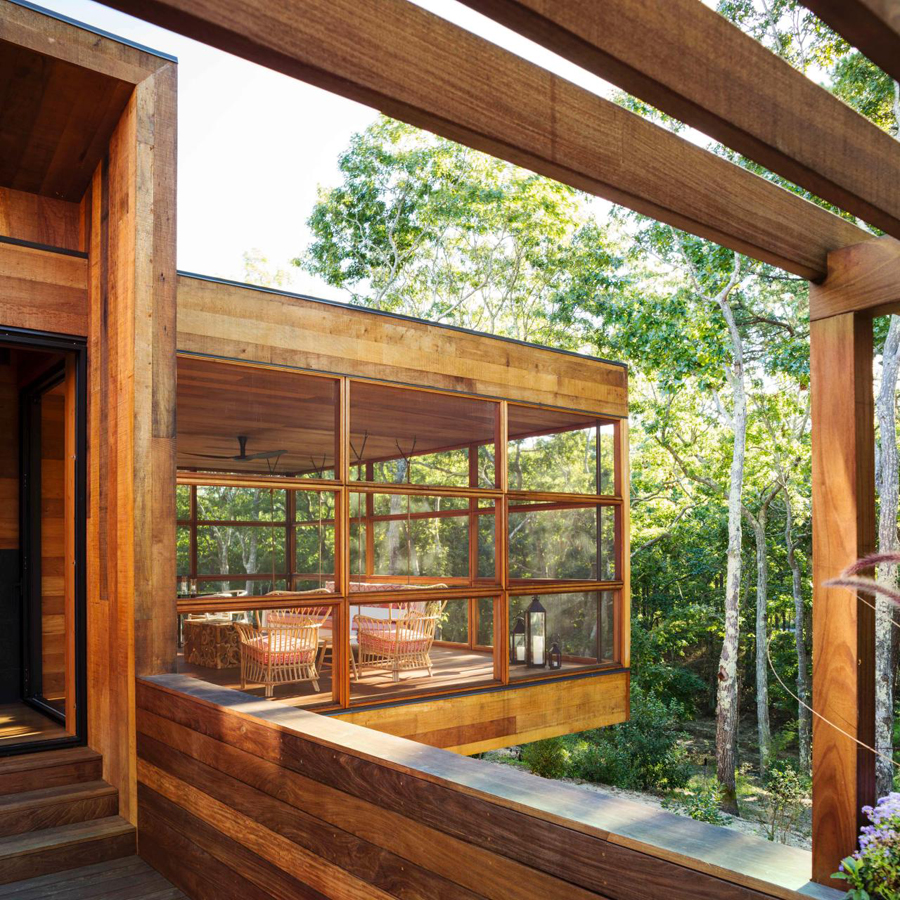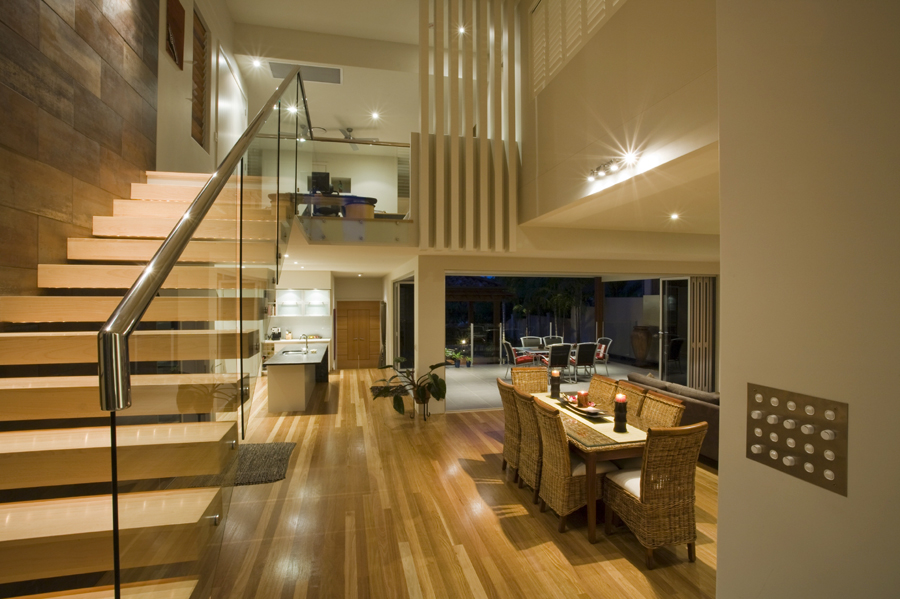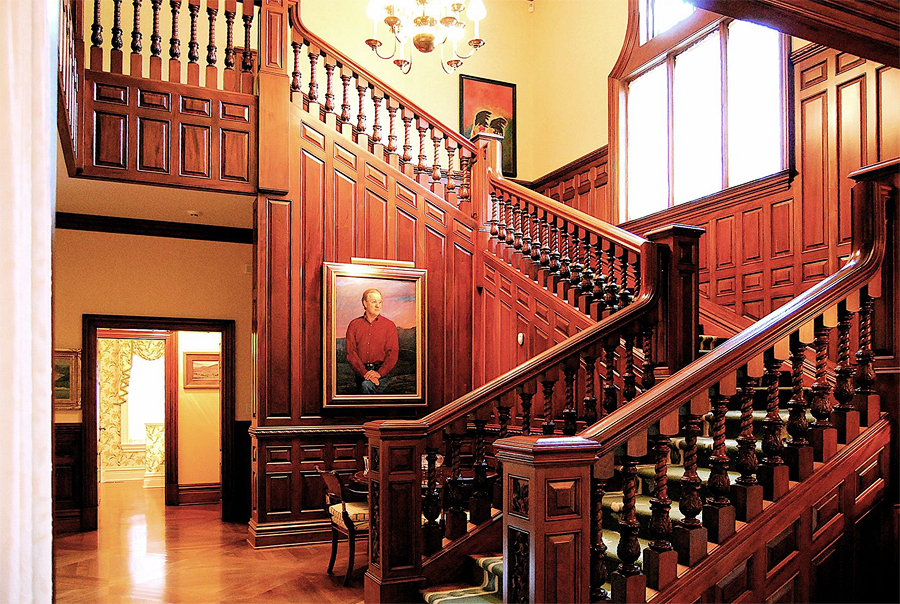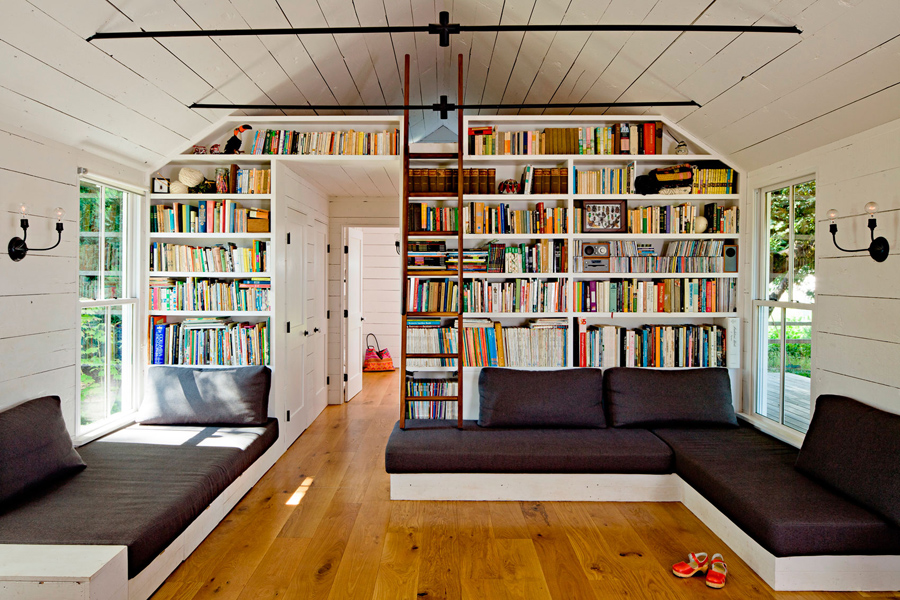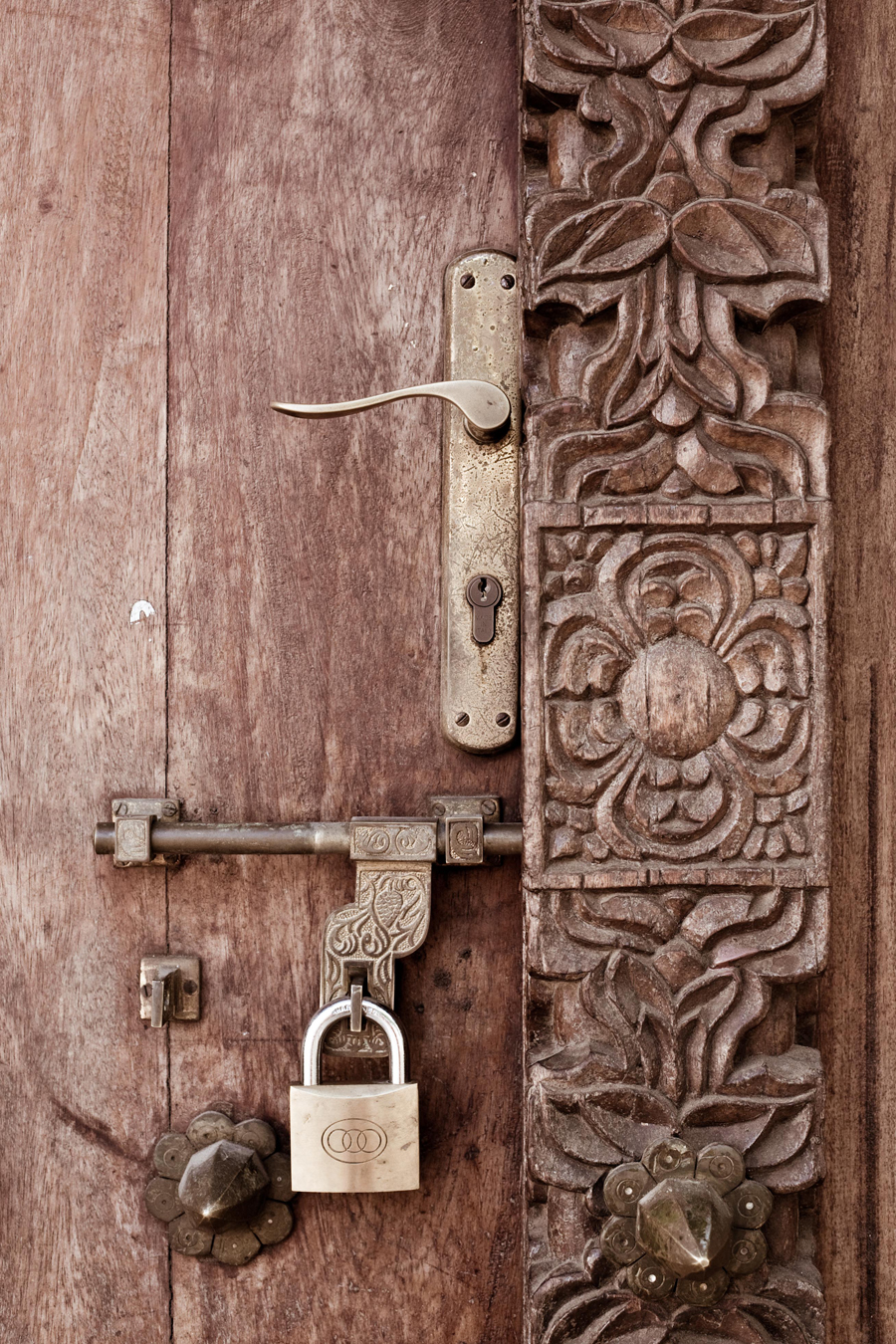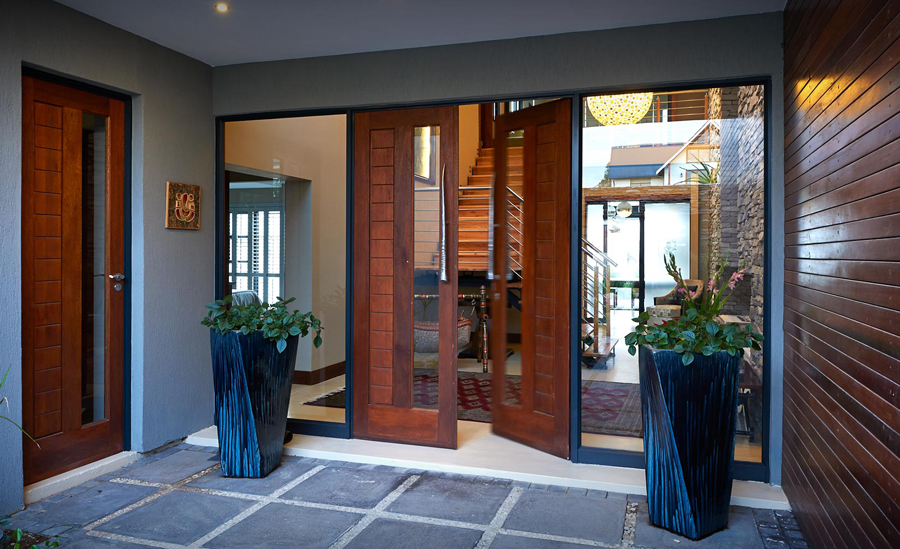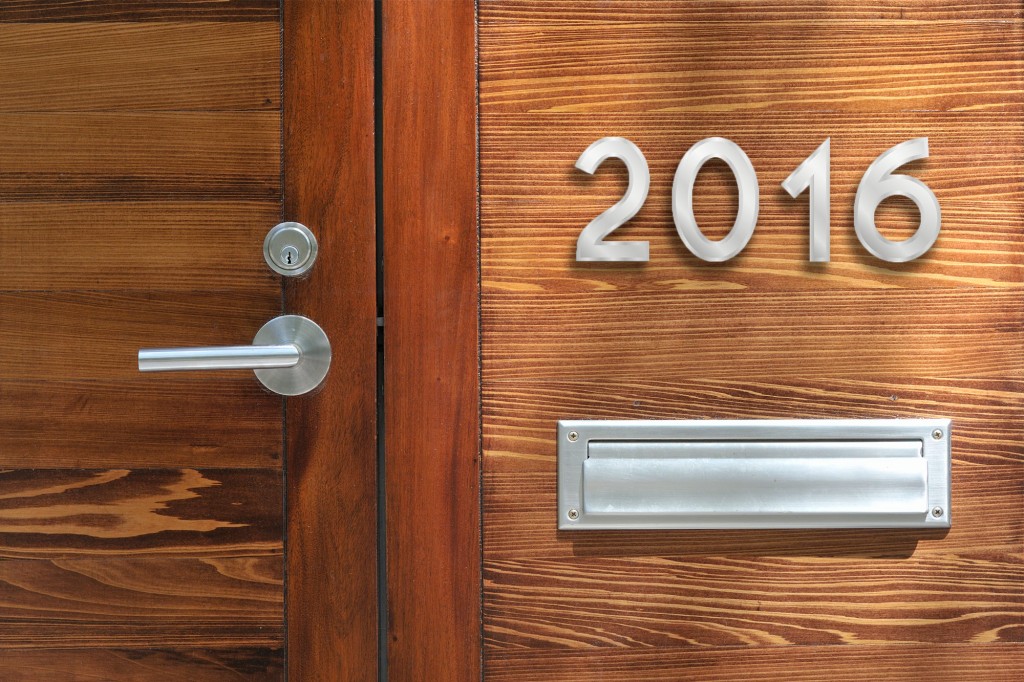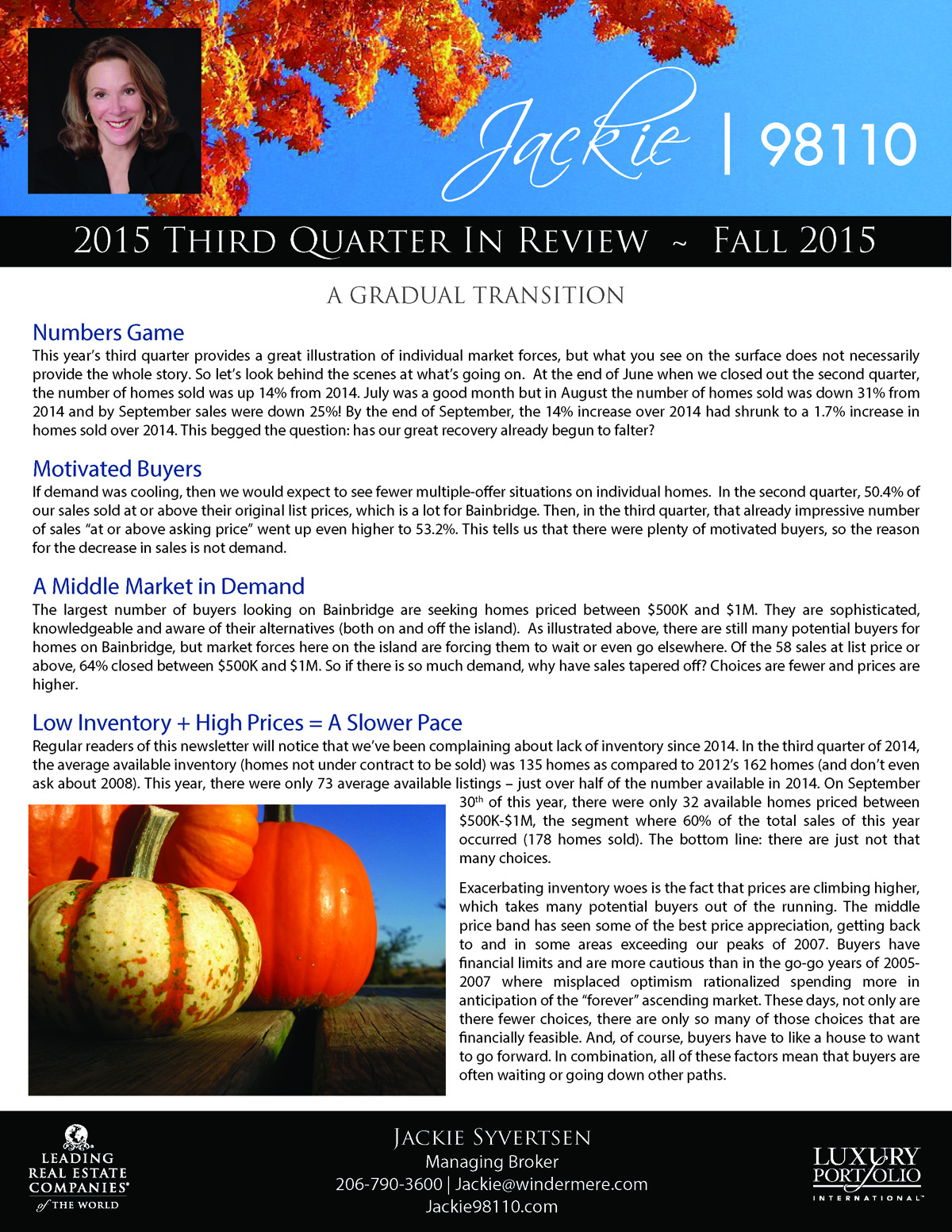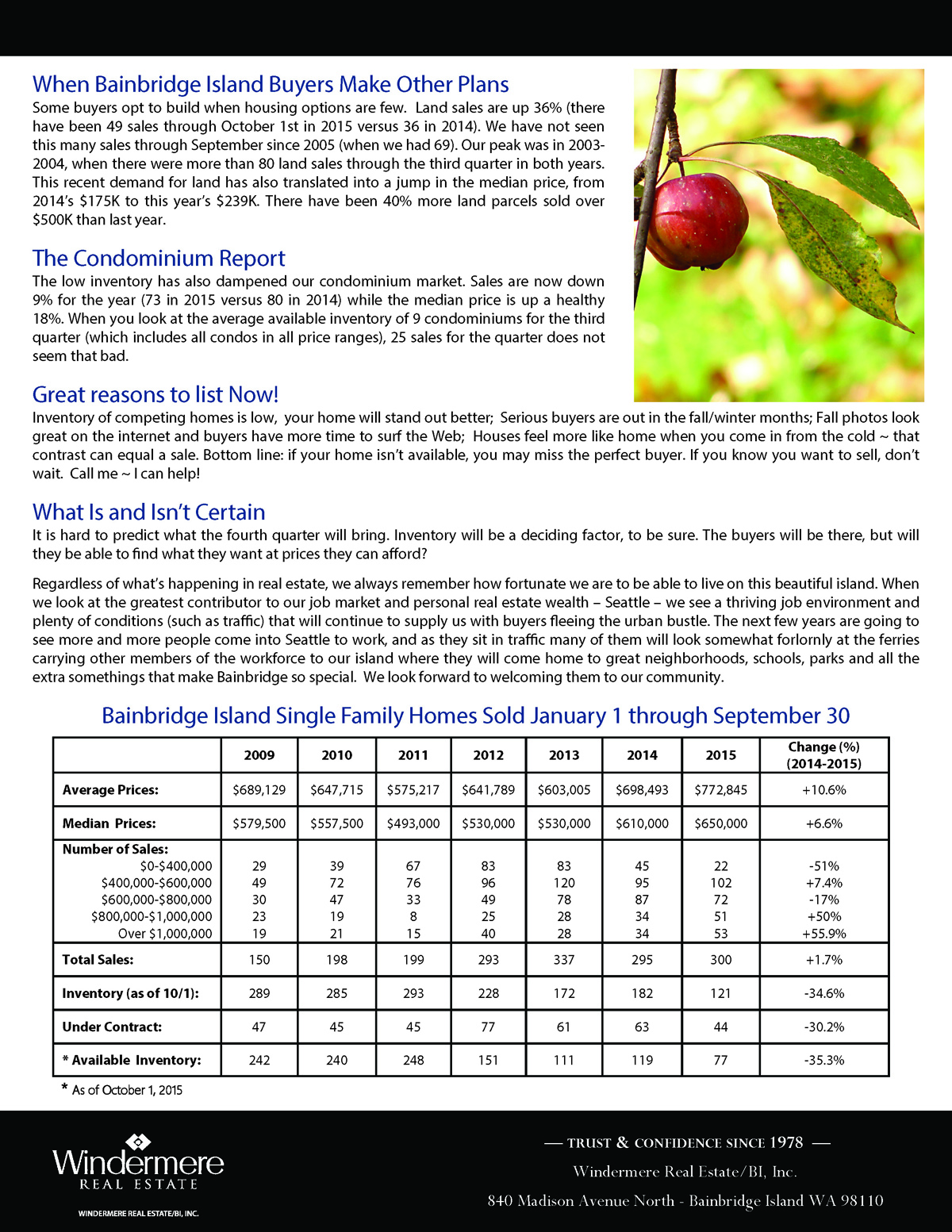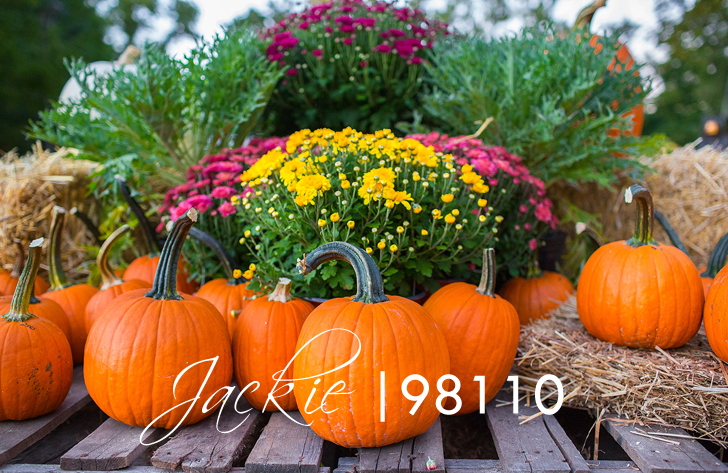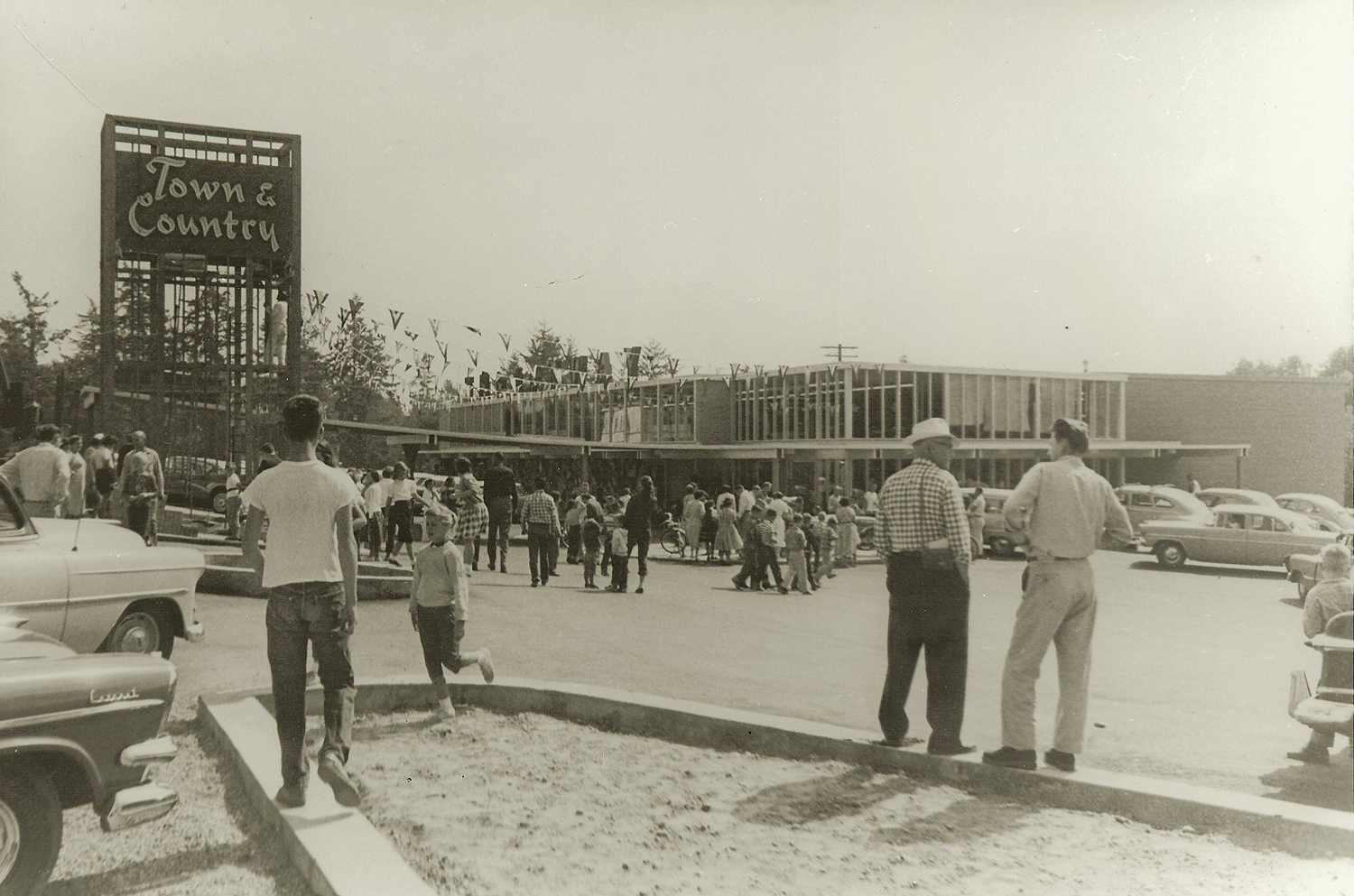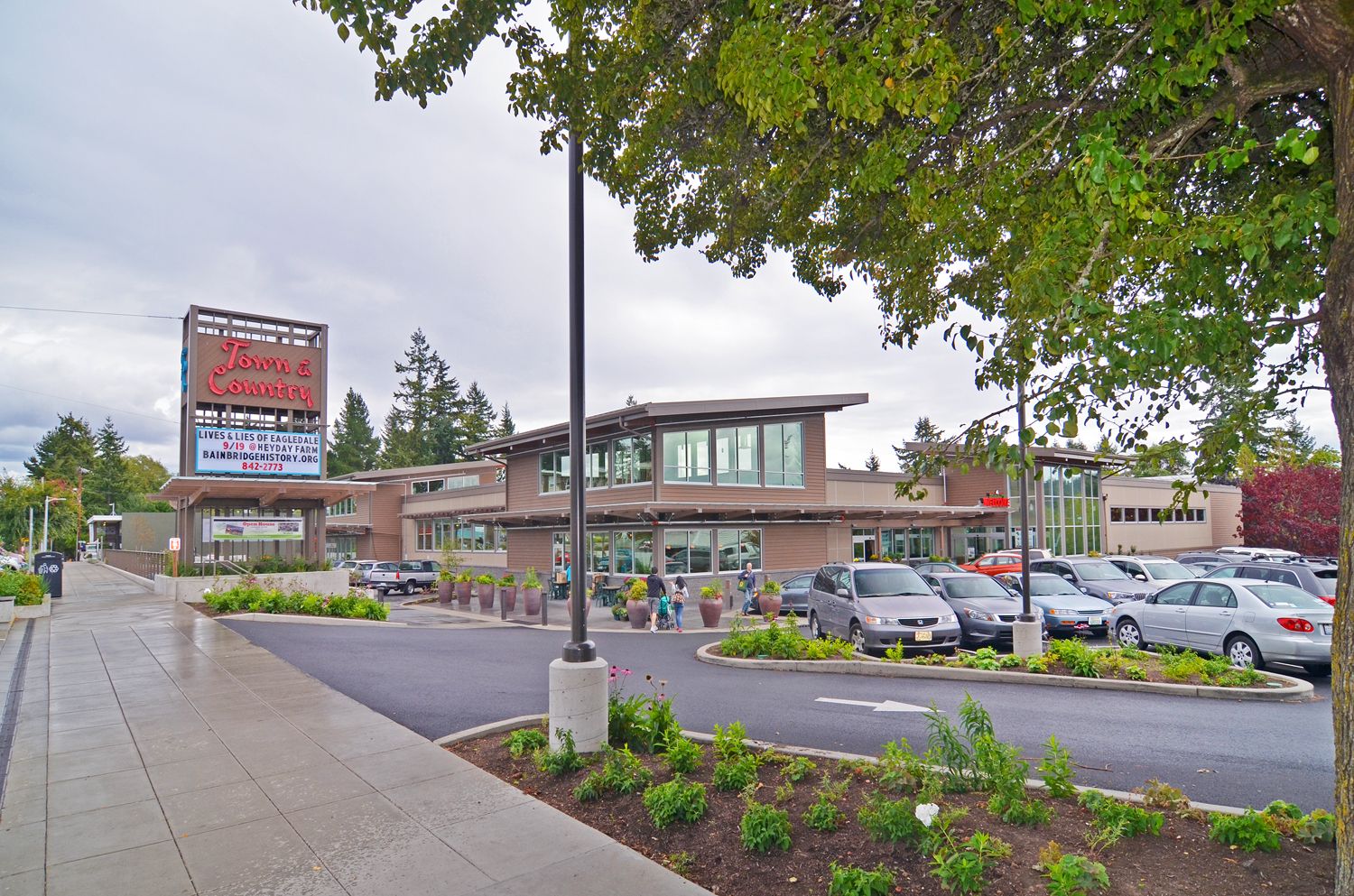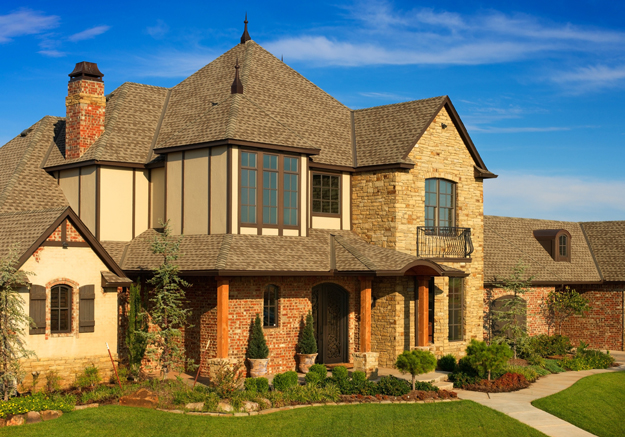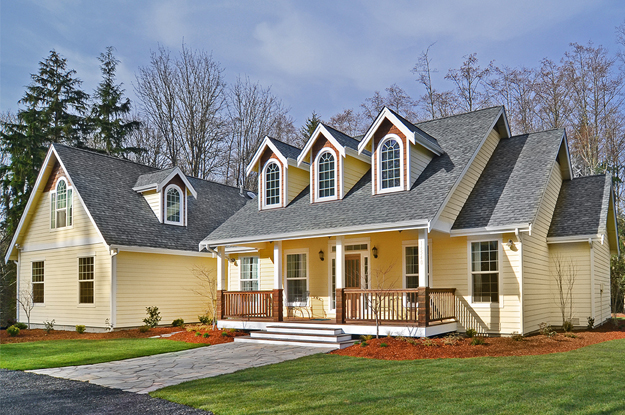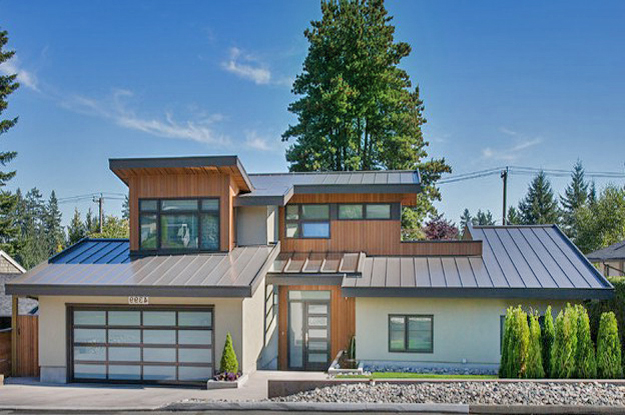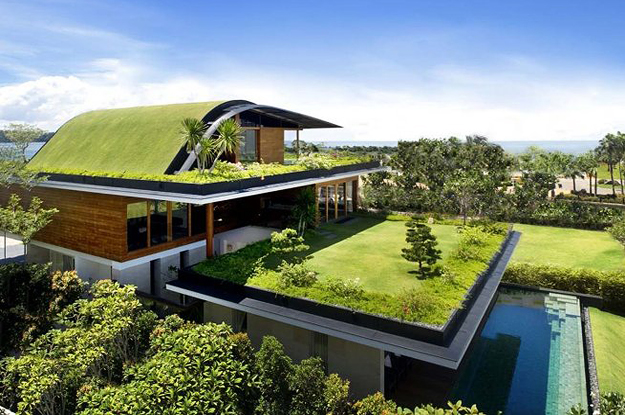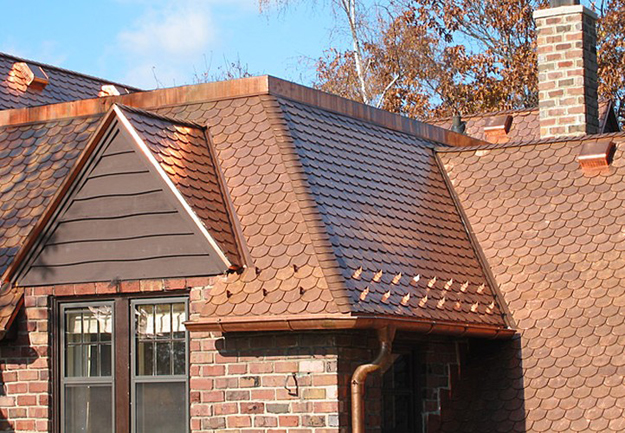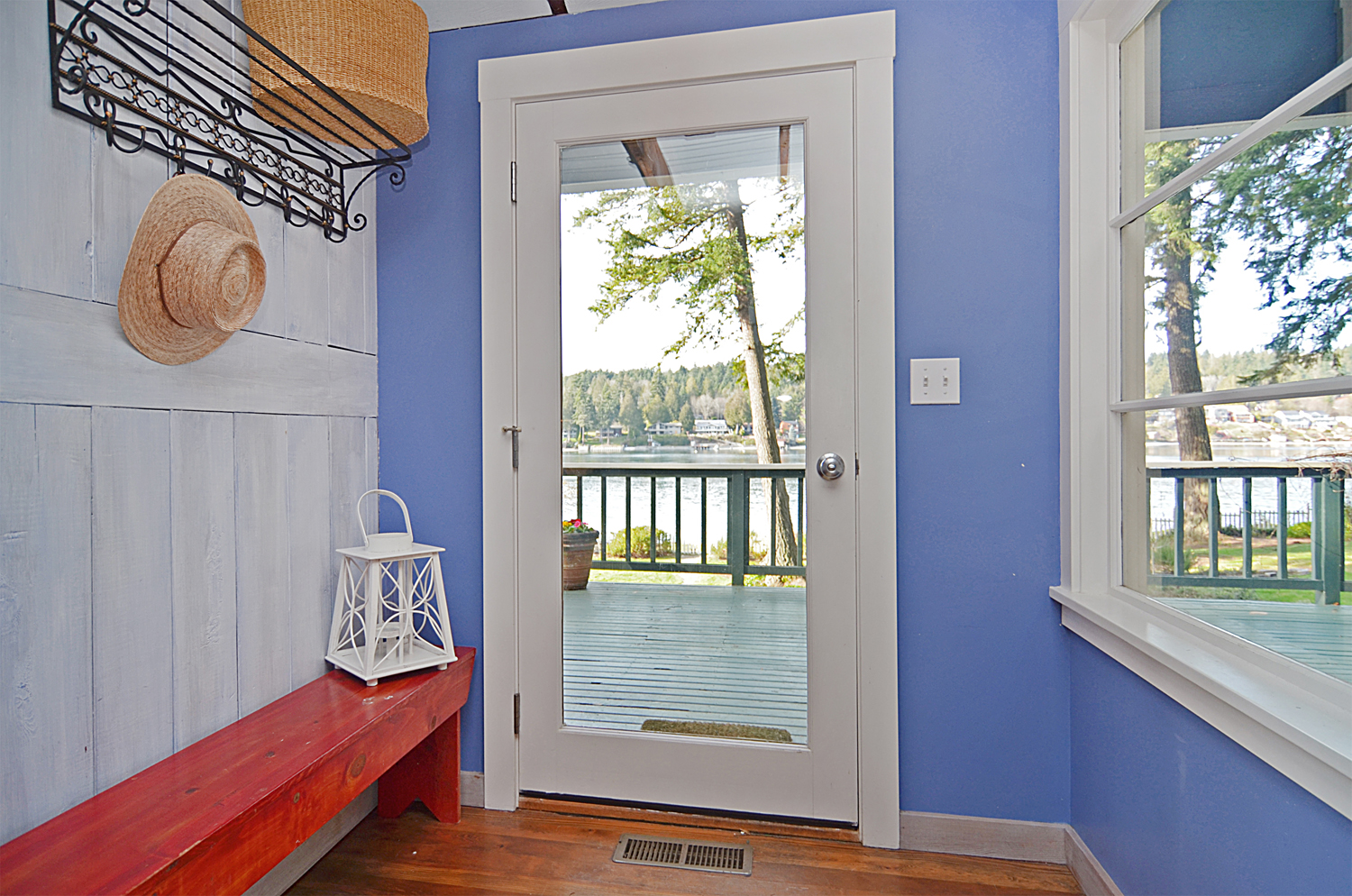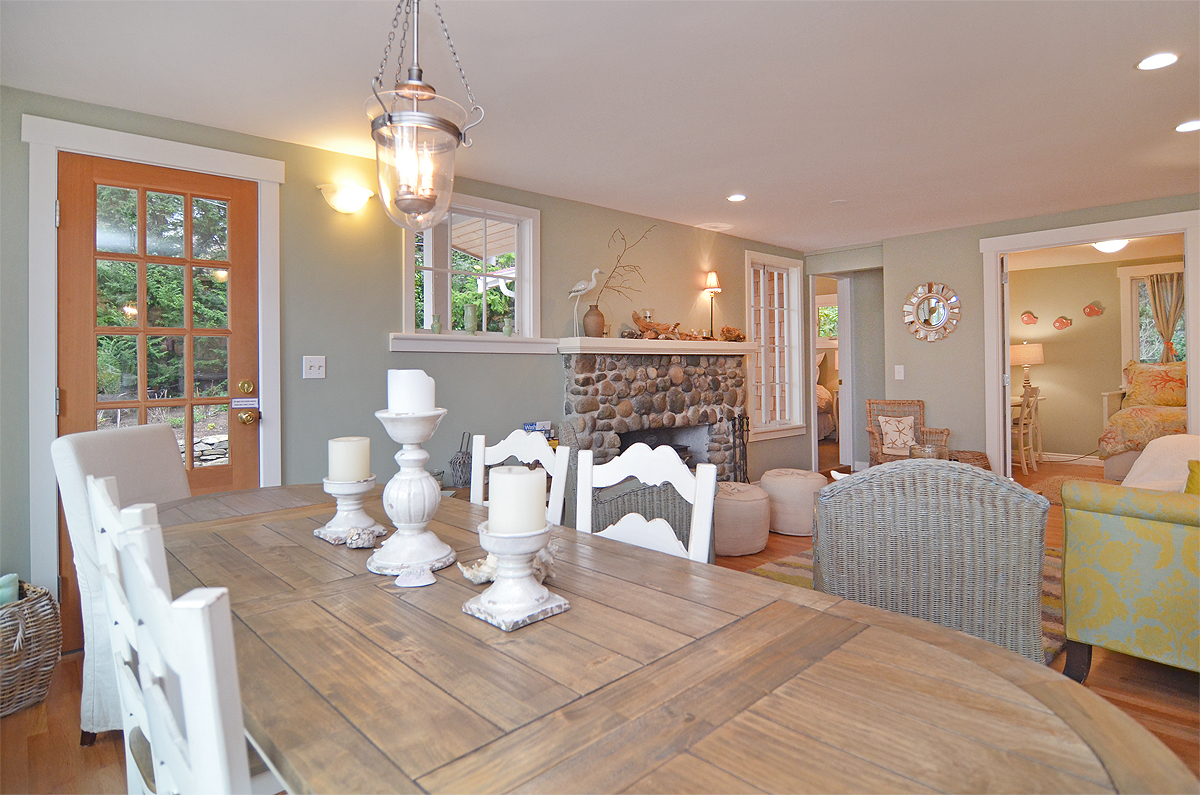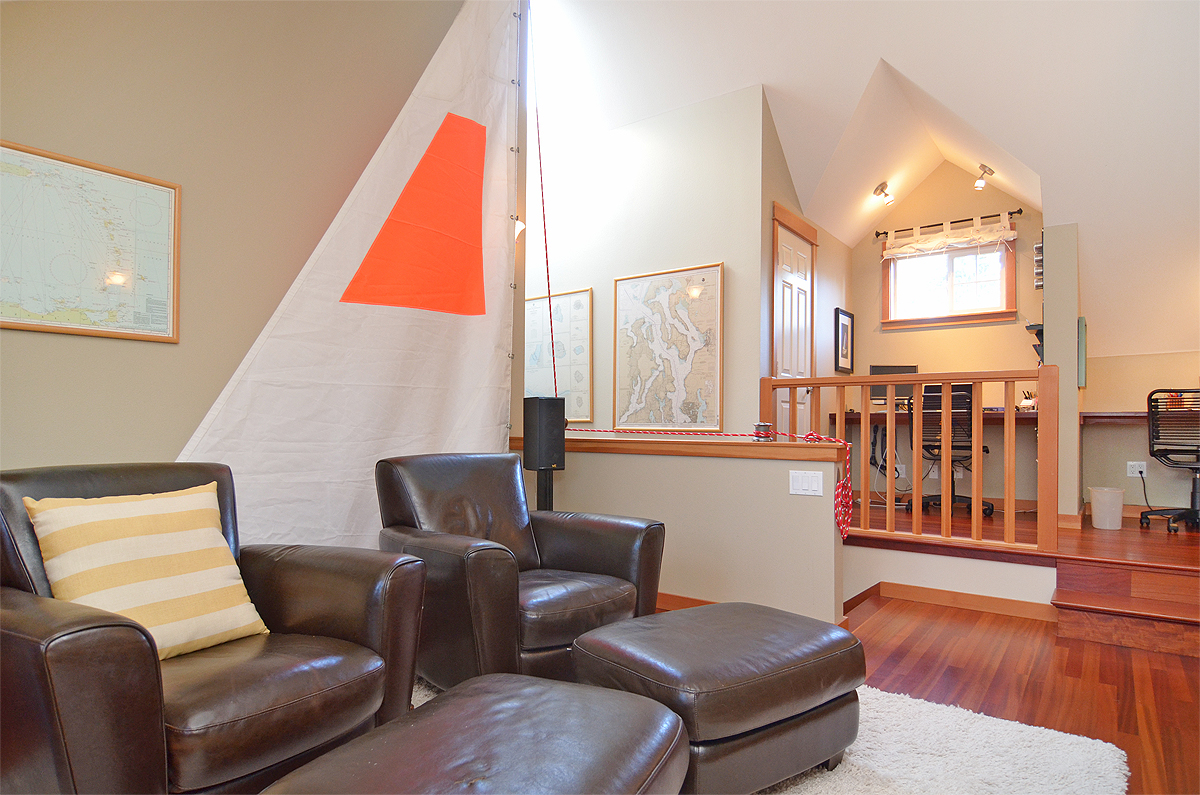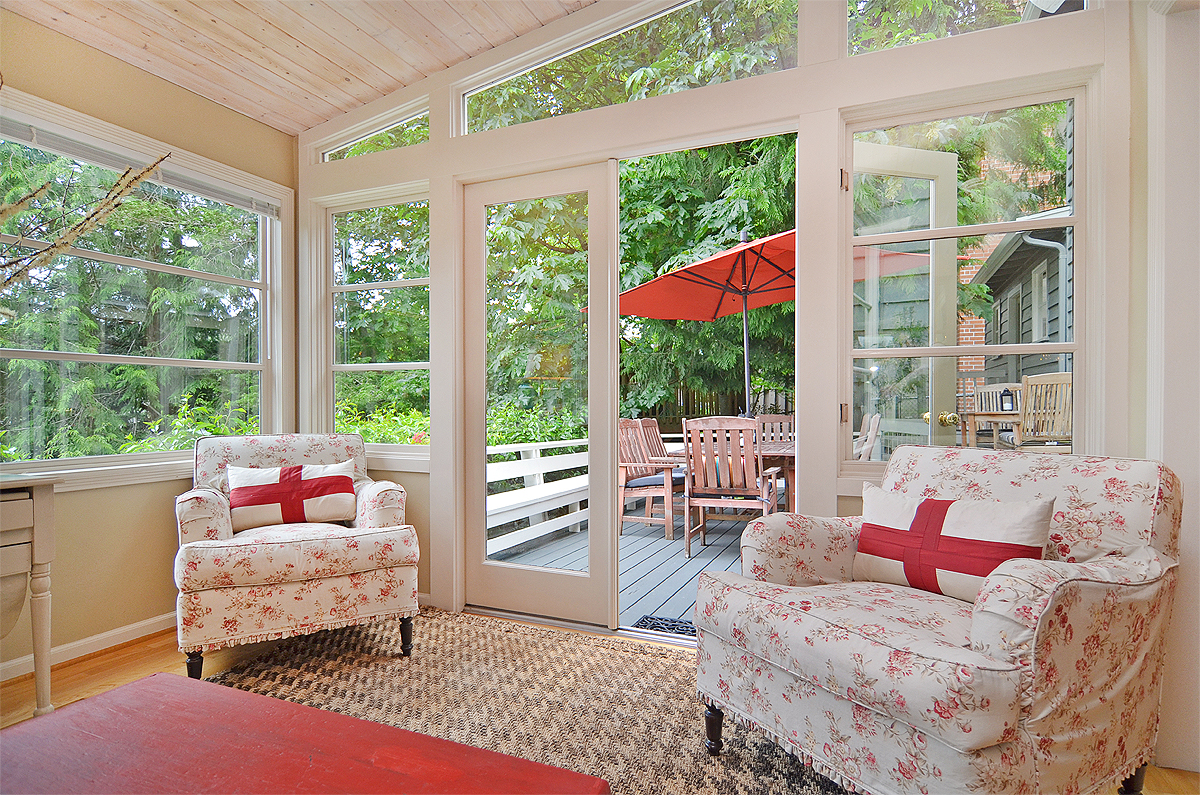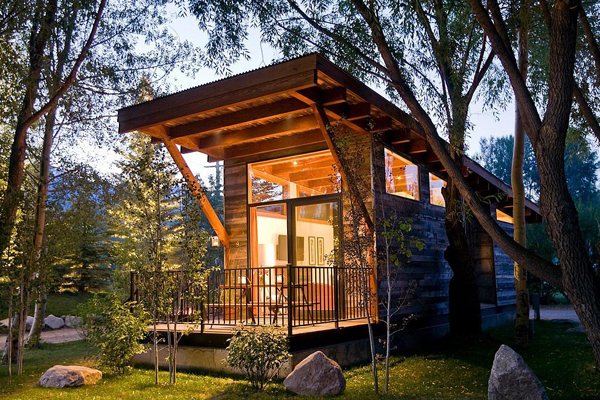Falling in love with “Home”
Whether you're an owner or a renter, odds are that you have a complicated relationship with your home. As with any relationship, there are ups and downs, good times and bad, things you love and things you hate. But despite it all, you stick with it — hopefully because you love it.
And also as with any relationship, your love for your home progresses as time goes on. But there's always that honeymoon stage, the time when you're totally infatuated. We asked what one thing made you fall in love with your home — the thing that tipped you over the edge and made you decide it was the place for you.
Here is a list of items that make my clients swoon, over and over again.
Grand fireplace
Sometimes functional items are designed so beautifully that they blur the line between architecture and art. The fireplace surrounds in this collection are sculptural, stunningly beautiful and, arguably, works of art.
Transom windows/sunlight
There are many reasons for using transoms. Here's the rundown on this fun-to-say architectural term. Transoms gained popularity after being used in spaces where an intricate shape or style door met another transverse architectural element. Pretty and purposeful, transoms are often used as ornamentation. They can also be functional; adding more sunlight to a room and (with the right hardware) they can swivel forward or backward for good air flow from the outdoors.
A Kitchen you’re proud to show off to friends and family
What makes the perfect kitchen? The answer is as varied as cooks are. Style is easier to recognize with your eyes than with words: You know it when you see it, and the one that inspires you most can often surprise you. From ultra-modern minimalist design to rustic woodwork and everything in between… your only limits are in your imagination and your wallet!
Historical charm relevant to the home but renovated with greener products
Although interior and exterior appeal is essential, history is what earned some homes a spot in people’s hearts. Bainbridge Island is full of beautiful vintage homes that are purchased and renovated yearly. In keeping with adaptive reuse of landmark buildings, subtle renovations can preserve the remarkable craftsmanship and details of bygone eras – while using newer, green products that enhance the style of the home while providing the amenities that modern living requires.
Indoor/outdoor living space
Some homeowners are all about being able to maximize long summer days with an indoor/outdoor living space that can also be used on slightly less warmer Spring and Fall Days. An outdoor living room complete with a covered area and amenities like a fireplace and cooking area expands your home into new world of dining and living al fresco.
High Ceilings/unique ceilings
Space and high ceilings make all the difference for some people. The open airy feeling lends to a feeling of sophistication while also making even a smaller home feel much larger. Add a unique ceiling with box beams, exposed rafters or timber framing and suddenly your ceiling has become a large part of your home’s architectural style.
Amazing View – Water or Territorial
Many people fall in love with the beautiful surroundings and views before actually falling in love with their homes. Whether it is large territorial view, a wooded sanctuary or open water view – a view that speaks to your heart can make any house a home.
Statement Staircase
Examples of artful staircases can be found as far back as 1500 BC in ancient palaces in China – but open interior staircases on an ambitious spatial scale cannot really be found before Michelangelo’s at the Laurentian Library, Florence Italy (1524–71). For many people, a grand staircase can turn a functional part of a home into a focal piece of art that makes them fall in love with a home immediately.
Interior details like round doorways, wood work, bookshelves and other charming details
Wood is becoming more and more expensive, and the level of craftsmanship in older homes is much higher than what you typically find in a new construction. This may include floors, trim, molding, fireplace mantels, bookcases, china cabinets, staircases and more. Embellishments on cabinetry can make a lovely room feel even more special. Leather, metal and even glass can be used to step a look up a notch.
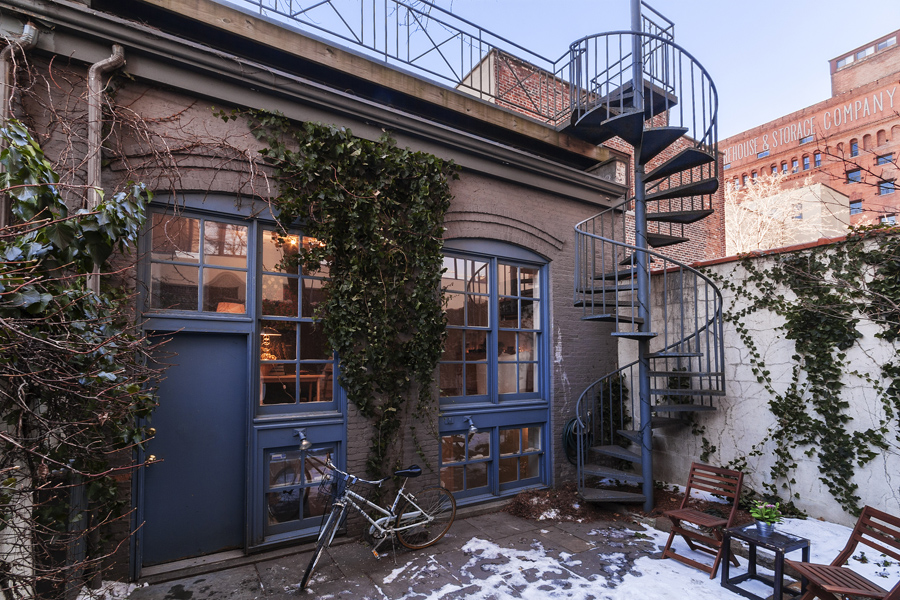
Custom or Elaborate Doors
And finally… If a home is a place of meaning, doorways are the most meaningful parts. An opening connects one space with another, while a door sets the stage for the human interaction. Opening a door and crossing the threshold moves us from one realm to the next — from outside to inside, from public to private, from bedroom to bathroom, from big space to small space, from cold to warm.
Emerging Design Trends For 2016
The modern home is always evolving. And to get an idea of what it’s evolving to, look no further than what’s happening within its walls today. Exciting new materials, strategies and concepts will be coming to more homes in 2016.
1. Two-tone kitchen cabinets. Keep upper cabinets white or neutral for a clean, timeless feel; then go crazy with the lower cabinets by playing with various wood tones and deeper colors to take your kitchen in two different style directions.

2. Outdoor fabric used indoors. Outdoor fabrics are becoming increasingly hard to distinguish from traditional indoor fabrics, and many designers are bringing them inside – where their durability makes them perfect for high-traffic dining room and living room furniture, as shown here.

See more on outdoor fabric used indoors
3. Colored stainless steel appliances. Black stainless steel is making a buzz in the design world. Shown here is LG’s new Black Stainless collection. Not into the darkness? Head to the light with Whirlpool’s Sunset Bronze finish.
4. Extra-large-format tile. Large-format tiles (such as 12 by 24 inches) have been making an appearance in kitchens and bathrooms for some time now, but stay on the lookout for extra-large-format ones. Just how extra? Try 31 by 71 inches, like the ceramic Ann Sacks tiles shown here on a fireplace surround project by Pangaea. That’s almost 3 by 6 feet!
5. Bidets. The separate bidet unit in bathrooms never really took off in America. But since manufacturers began creating combination bidet and toilet units, like the Toto version shown here, they’ve been catching on. In fact, 5 percent of renovated master bathrooms now include bidets.
6. Deep kitchen drawers. Data shows that ease of storage is the top kitchen priority during a remodel. And while deep drawers have been creeping up to replace lower kitchen cabinets for a while now, they’re only getting better — and more affordable. Dividers and inserts let you organize any shape or size of dish, pan or utensil under the sun, and there are even clever options for deep corners and drawers under range tops and kitchen sinks.
7. Formal dining rooms. Not everyone takes the leap to turn the dining room into an office or media room. For homeowners who entertain frequently, a designated space for gathering for special meals isn’t negotiable, and they’re pouring attention into these rooms.

See more on formal dining rooms
8. Niche appliances. Looking for a little added luxury in the kitchen? Steam ovens (shown here) promise to cook food more thoroughly and healthily than microwaves; warming drawers give cooks a little wiggle room to deliver hot meals to family and guests; induction cooktops save space and are safer for homes with young kids; and kimchi refrigerators offer fans of the popular Korean condiment a chance to make their own at home.
9. Heated entryway floors. Sure, heated floors are popular in bathrooms, but if you live in a cold region, consider putting them in your entryway to help melt snow and dry boots.
10. Workhorse islands. Kitchen islands provide additional workspace, but they’ve taken on so much more than that. With deep storage, prep sinks, room for seating and more, workhorse islands are becoming the central feature in modern kitchens.

See more on workhorse islands.
11. Statement mirrors in bathrooms. So long, medicine cabinets – hello, statement mirrors. Think large wood-framed beauties, backlit modern marvels and ornate vintage gems that boost style in a bathroom.
12. Barely-there kitchens. As kitchen layouts become more open, spatial identifiers like walls of cabinetry and full-size appliances fade away, leaving behind airy, fluid spaces that serve multiple functions while looking barely there.

See more on barely there kitchens
13. Living rooms that ditch the tech for family. With so much screen time throughout the day and night, homeowners are looking for a calm respite where they can read a book, chat with friends and family or just sit quietly. Thus, the rise of living rooms devoid of digital distraction.

See more on tech-free living rooms
14. Kitchens that embrace openness and raw materials. The inherent simplicity in open shelves and raw materials plays a big part in the barely there kitchen we mentioned earlier. Embrace these, and the rest will follow.

See more kitchens that embrace openness and raw materials
15. Surprising backsplash and countertop pairings. You could play it safe with white subway tile and granite countertops, but sometimes safe is so boring. Instead, consider a different combination, such as a brick backsplash with concrete countertops (as shown here) or yellow ceramic tile with butcher block.

See more surprising backsplash and countertop combinations
16. Fully decorated living rooms that don’t go overboard. How do you know when you haven’t decorated enough, or decorated too much? Designers pay attention to scale, light, function and more to strike the right balance.

See more on fully decorated living rooms that don’t go overboard
17. Special kitchen features. Sometimes a kitchen needs that one special element that takes it from a useful space to a vital one. Here, a dining table on casters allows various seating arrangements for casual family meals and large parties with friends.

See more special kitchen features
18. Sunrooms. A sunroom is a top dream space for many homeowners. Even those who don’t have the luxury of having or adding one are finding ways to carve out a special sun-drenched corner in their homes.

19. Punched-up white kitchens. White kitchen walls and cabinets — and even countertops in many cases — is a trend that will continue for years to come. To avoid a too-sterile look, however, many designers and homeowners are learning to punch up an all-white space with smart, colorful details through tile, floor-to-ceiling bookcases, raw materials and more.

See more ways to punch up white kitchens
20. Bold powder room wall coverings. Dramatic wall coverings in powder rooms are nothing new, but the options for dazzling prints, textures and custom graphics are ever increasing. Here, Black Quilted Lacquer wallpaper by Phillip Jeffries steals the show.

See more bold wallcovering ideas for powder rooms
21. Mixing modern materials in the kitchen. Looking for something livelier than white cabinets and granite countertops in your kitchen? Consider mixing several modern materials, finishes and colors. Here, butcher block countertops get broken up with soapstone near the stove and Carrara marble on a nearby baking station. These mix with olive-green cabinets and stainless steel appliances for an eclectic, sophisticated look.

See more on mixing modern materials
22. Attention-seeking bedrooms. A can of paint will certainly transform the look and feel of a bedroom, but to take the sanctuary to the next level, you’re going to need bolder ideas. Here, a rustic wood wall and ceiling feature warms up the otherwise contemporary room.
See more dramatic features to wake up your bedroom
23. Bathrooms that feel more like living spaces. Graphic wallpaper, ornate chandeliers and furniture-like pieces turn sterile spaces into ones that feel a lot more like home.
See more bathrooms that feel like living spaces
24. Fireplaces and fire features. New advances mean you can have the ambience without the smell, pollution or hassle of traditional wood-burning fireplaces. Plus, fireplaces are making a comeback as living room focal points in lieu of the dark void of a TV screen.
See more rooms designed around fireplaces
25. Farmhouse entryways. Stripping away the need for fancy flourishes or decor for decor’s sake, farmhouse style gets at the root of function. That’s why the style makes sense for mudrooms, where simplicity in storage and durability in materials are paramount.
New Listing in Wing Point
1131 Cherry Avenue NE
Bainbridge Island, WA 98110
Offered at $798,000
Traditional craftsman-style home in a fabulous in-town location near schools, ferry, shopping and Wing Point Golf Club. Bright and cheerful featuring sunny western exposure overlooking multiple fairways. Amenities include a welcoming foyer and cozy den, open living/dining, fantastic updated eat-in kitchen and great room with French doors to spacious deck, perfect for year round entertaining!
Luxurious master bedroom and bath, 2 more bedrooms and guest bath an abundance of storage throughout. Detached 2-car garage with room for golf cart all located on a select lot On the Green featuring all day sun and across from protected open space. NWMLS #877179
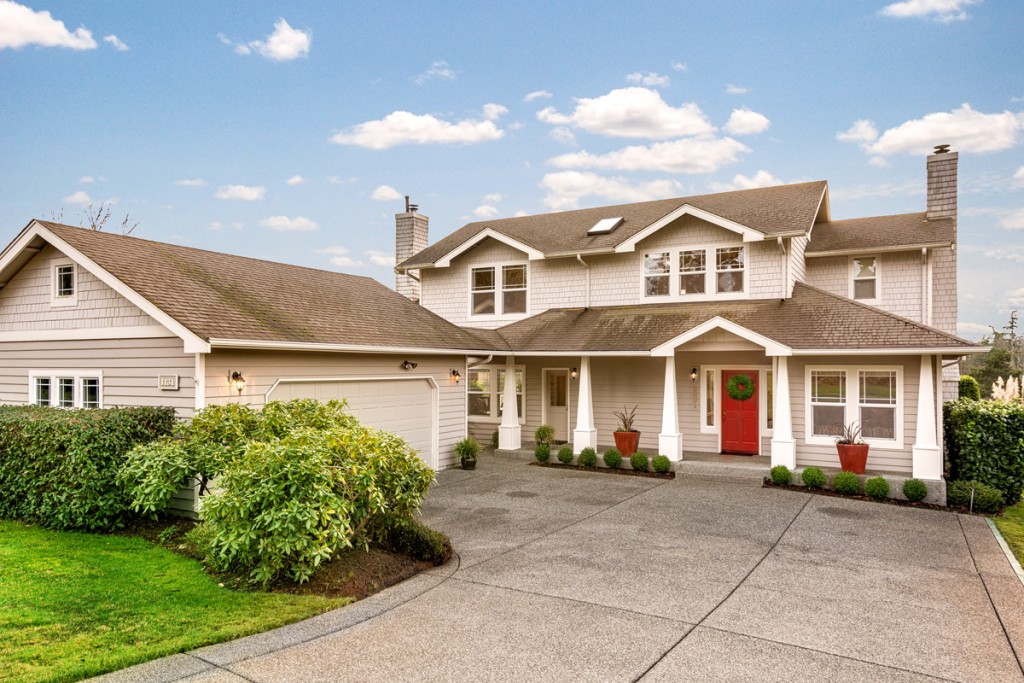
On The Green at North Point
To view the entire listing online, click here
Bainbridge Island Holiday Festivities
Mary Poppins
Date: 12/3/2015 TO 12/20/2015
Time: 7:30 PM TO 3:00 PM
Disney & Cameron Mackintosh's MARY POPPINS Everyone’s favorite practically-perfect nanny takes the stage in this Supercalifragilistic musical adventure. MARY POPPINS is an enchanting mixture of irresistible story, unforgettable songs, breathtaking dance numbers, and astonishing stagecraft.
www.bainbridgeperformingarts.org
Free First Thursday at KiDiMu
Date: 12/3/2015
Time: 10:00 AM TO 4:00 PM
(206) 855-4650
On the first Thursday of the month, families are invited to explore KiDiMu! Enjoy a free-admission day. Have fun with a variety of hands-on exhibits and art activities. All are welcome! 10 a.m. – 4 p.m.
Bainbridge Working Studios Winter Celebration
Date: 12/4/2015 TO 12/6/2015
Time: 10:00 AM TO 5:00 PM
206 842-7133
Holiday sale at three Artist studios all located within one mile of each other. Mesolini Glass Studio, Cecil Ross – Woodworker, Raquel's Mosaics. We are all located within a mile of each other on Madison Ave NE, 4 miles from the ferry terminal. Definitely worth a visit!
www.mesolini.com | www.cecilross.com | www.raquelsmosaics.com
Amabile' Concert
Date: 12/4/2015 TO 12/5/2015
Time: 7:30 PM TO 8:45 PM
St Barnabas Episcopal Church
1187 Wyatt Way NW
Bainbridge Island, WA 98110
206 200-6542
The title of the program is “Star of Wonder” featuring Ola Gjeilo's O Magnum Mysterium (Serenity) with cello. Other works include songs by Burt, Rutter, Besig, Mendelssohn, Helvey, Willan, and Longhurt's arrangement of The First Noel. Concert dates and times: Fri. Dec 4 @ 7:30 pm Sat. Dec 5 @ 3:00 pm and 7:30 pm.
The EDGE Improv
Date: 12/5/2015
Time: 7:30 PM TO 9:30 PM
Spice up your holidays with The EDGE Improv. For more than two laughter-filled decades, the troupe’s riotous antics have inspired rave reviews from people from all walks of life. Join The EDGE December 5 for a jolly launch to the holiday season and an ingeniously improvised evening of on-the-spot comedy, all from audience suggestions.
www.bainbridgeperformingarts.org
Heyday Farm Breakfast & Tour
Date: 12/5/2015
Time: 9:00 AM TO 11:00 AM
Farmhouse and Kitchen on Old Mill Road
4370 Old Mill Road NE
Bainbridge Island, WA 98110
206-201-1770
Come to the farm for a hearty breakfast featuring sweet breads, eggs and farm sausage. To help you work up an appetite, breakfast includes a guided farm tour prior to eating. See gardens, greenhouses, pasture and forest. Learn about the farm's history and how the creamery operates complete with a view of the lovely Dutch belted dairy cows at home in barn and pasture.
Pet Santa Photos
Date: 12/5/2015
Time: 1:00 PM TO 4:00 PM
Bay Hay and Feed
10355 NE Valley Rd
Bainbridge Island, Washington 98110
Bring your family and pets to take Holiday photos with Santa! This fun event will not only give you some fun family photos, but all proceeds go to benefit Kitsap Humane Society. Digital Photos Only–an online photo album will be set-up and viewed only by participants. All ages and all pets! (no livestock, please).
The Nutcracker Preview at KiDiMu
Date: 12/5/2015
Time: 11:30 AM
Get a sneak preview of this beloved holiday classic and try some ballet moves yourself! See a selection of dances from Olympic Performance Group‘s this year’s production inspired by pop-up books and meet the young ballet dancers who will invite the audience to dance along after their performance. Be sure to bring your camera! Then join author and artist Lynn Brunelle to create your own pop-up book craft.
Gingerbread Houses – DIY Workshop at KiDiMu
Date: 12/6/2015 TO 12/12/2015
Time: 10:30 AM TO 2:00 PM
Be a part of KiDiMu’s annual holiday tradition! Visit a special Art Station to create season’s favorite construction. All materials will be provided. A self-guided activity available: Sunday: 12:30 – 2 p.m. weekdays: 10:30 a.m. – 2 p.m. & Saturday (while supply lasts): 10:30 a.m. – 2 p.m.
2015 3rd Quarter Newsletter
Fall Garden Maintenance
Set a festive mood with fresh fall plants while preserving and protecting your landscape and water features.
November is the final month to prepare the garden for winter. It’s rather like tucking children into bed at night: They have played all day, and now they’re tired. There’s the bath-time ritual, followed by a quiet story before they snuggle under the quilt for several blissful hours of rest — for both of you.
The garden has been playing hard and growing for more than eight months. Now it’s time to get it clean and tidy before its winter rest. Just a few hours spent in the garden this month will ensure that you both reach spring with renewed vigor and enthusiasm.
Protect your water features. Some of us are procrastinators, and some of us are just plain forgetful. This photograph shows what happens to fountains during a hard freeze in either case.
To avoid creating such dramatic ice sculptures, remember to drain small fountains and either store them in the garage for the winter or cover them to prevent water entering and freezing. Small submersible pumps are also best removed and stored indoors until spring.
Larger ponds and waterfalls may have a sufficient volume of water cascading through them that the entire body of water will not freeze, and the pump is either too deep to be affected or is in a protected enclosure aboveground. If you're in doubt, contact your local pond supply company for advice.
This is also the time to winterize your irrigation system. We use a simple drip watering system for all our containers as well as for our vegetable garden. The hoses can be left in place, but we disconnect the battery-operated timers and bring them inside for the winter.
Landscape irrigation companies usually offer a winter service to drain the lines if necessary — contact them today.
Add a few inches of compost. If you apply compost to the garden now, the rains will help its nutrients leach into the soil, and the worms will till it while I’m nice and cozy indoors. Some gardeners prefer to mulch in spring. If your garden soil is in poor shape, experts recommend adding compost in both fall and spring for three years and then once a year after that.
Check your drainage. In early fall, when the weather is still nice, walk slowly around the house and inspect the ground where it meets the foundation. Soil should not be touching siding and should slope away from the house, dropping at least 6 vertical inches over the first 10 feet.
Fall Planting. Spring is overrated for planting perennials, shrubs and trees. Starting plants in autumn has advantages for both garden and gardener. Not only is cooler weather easier on new plants and tired bones, but planting in a spent garden with rain on the horizon also has advantages – less watering being one of them. Go for some Classic Chrysanthemums, Decorative Flowering Cabbage and Kale, Hardy Geraniums and Seedums to fill in empty spots in the garden and keep it looking fresh and happy until Spring finally arrives.
Town and Country Market Grand Re-Opening
Town and Country Market first opened in 1957 on Bainbridge Island and has been an important part of the community ever since. Through the years, there have been patches of additions and upgrades made to the store but other than that, it has largely remained the same.
If you haven’t visited Bainbridge Island in a while – you might not even recognize the store except that the sign and reader board (although new) looks exactly the same.
In addition to making the store all one level and adding exciting and fun new options like wood-fired flatbreads made to order, a sushi bar and an entirely new Deli experience – they have also made major improvements to the infrastructure and energy systems including low-flow water systems and rooftop solar panels. There are two electric car charging stations and a final addition to add 36 bicycle parking spots created.
The Grand Re-Opening Open House will be this Thursday, September 17th from 6 – 8 pm. There will be samples to try of lots of new products from the store and generally just having a good time. See you there!
Making Color Work for You
We all want our homes to provide comfort and ease. And something instinctual tells us that color — whether a can of paint, a bright new patterned rug, maybe that sun-drenched painting you saw at the last art opening you attended — can change our world for the better.
Picking the right colors for our homes is not magic. The process simply requires that we look at the physical qualities of our home’s architecture and apply color that will put the focus where we want it. Here’s how.
Create a positive entrance. Storage is key to organizing typically cluttered areas, like a front entrance or mudroom, but color is equally important. Use a light color for walls and trim for an entrance that is cramped. Small, awkward spaces expand when painted a cool white or blue, dropping walls back.
Pick wall colors that optimize sunlight. Natural light is what we all crave in varying amounts. Decide how the light coming from windows and doors aids your use of each room, and at what point during the day. A sunny kitchen first thing in the morning is perfect for a busy family that wants to get up and meet the day. Want to amplify light? Use white and shiny surfaces that reflect. Want to cut back on glare? Window treatments are an easy fix, but consider that you may want to keep the view and subdue the impact of the reflective planes. Gray is a color solution for a room with a glare.
Use color to play up or play down features. Sometimes the house that you call home is as uncoordinated as a growing teenager. Additions built when space was in demand can confuse the overall design. Proportions in one part of the house may be different than those in another, which can make certain features stand out when you wish they’d recede. Doorways that are too large make others look small.
The visual presence of architectural elements can be controlled by the value and intensity of their color. Want something to stand out and make an impression? Paint it the most saturated or contrasting color in the room.
If you want something to go away, paint it the same color as its surroundings. Is something too large and imposing for your space? Choose a color that is dark and gray. Charcoal will shrink and set what was once a foreground element into the shadows.
Let color create a visual path. Repetition is an important element in good design and helpful for finding our way through a space. Establish a feature or material in your home that you want to have noticed, then use its color repeatedly throughout the floor plan.
Could You Live in a Tiny House?
10 things to consider if you’re thinking of downsizing — way down
While still a bit of an oddity, there is no doubt that the tiny house is becoming increasingly popular. Whether you crave more financial freedom, wish to reduce your impact on the environment or want to live a simpler life, tiny homes have a lot to offer — but they are not without tradeoffs. If you are enchanted by the idea of a tiny home but aren’t sure if it’s for you, here are 10 things to consider before diving in.
What is a tiny home? It can be tricky to pin down exactly how many square feet a house must come in under to be considered “tiny.” According to the Small House Society — a cooperative organization founded by tiny-house pioneers Jay Shafer, Shay Salomon, Nigel Valdez and Gregory Paul Johnson to promote smaller housing alternatives — “it’s not a movement about people claiming to be ‘tinier than thou’ but rather people making their own choices toward simpler and smaller living however they feel best fits their life.” Size is relative — so although generally speaking, a tiny house is under 400 square feet or so, the most important thing seems to be the intention to reduce living space to the minimum the occupants feel they need.
1. Consider what you could be giving up by living tiny. There is no avoiding the fact that scaling down a living space requires significant sacrifices — but not all of the things you may need to give up are negative. Look over this list and imagine what it would feel like to cut back on or go without some or all of these things:
- Personal space: If you live with a partner or kids, what would it feel like to live in much closer quarters with them?
- Bills: A smaller space means less to heat; using solar power could reduce energy bills even further. Going tiny could even mean forgoing a mortgage altogether, or taking out a smaller loan that can be paid off in a shorter amount of time.
- Debt: A lower cost of living makes it easier to live within your means or to pay off debts you have, like student loans.
- Clutter: Living tiny teaches you to have only what you love, use and need.
- Objects you love: Scaling back your living space may force you to make some tough choices, including giving up cherished furniture and objects.
- Big gatherings: While you could host larger groups outdoors, it’s unlikely you would be able to host Thanksgiving for the whole clan in your tiny home. (Is that a good or a bad thing? You decide!)
- Environmental impact: If reducing your impact on the environment is important to you, living in a tiny home is a great way to reduce waste and energy consumption.
2. Consider what you could gain by living tiny. The tiny-home movement is about making an intentional choice to live in a much smaller house — and what motivates many is not what they have to give up in space, but what they can potentially gain in life. Consider how it would feel to live with more of these things in your life:
- Financial (and job) freedom: Lower bills mean more savings for the future, and more freedom to pursue work you love.
- Freedom to travel: A tiny house can easily be closed up while you travel and would require little upkeep while you are away.
- Simplicity: With less to buy, fix and furnish, life is simpler.
- More time outdoors: A smaller interior space makes the outdoors beckon.
- Community: Likewise, having less of your own means you’re more likely to tap into your network of friends and neighbors, and the community at large.
- Good design: Going tiny means it’s easier to afford better materials and design.
- Time: Less surface area means you could clean your entire house in a few minutes.
3. Consider your priorities in a home. In a tiny home, you can’t have it all, so it’s important to be intentional about what you prioritize. You don’t need to sacrifice all luxuries; on the contrary, if you have a pro build your tiny house to fit your needs, you can decide what is important to you. High ceilings, full-size appliances, a washer and dryer, big windows, a sauna, a place to work? Take a few moments to jot down your own personal list of home priorities — try to whittle it down to your top three to five things.
4. Consider your life priorities. Thinking about the bigger picture for a moment, consider what is most important to you in life. Have you always wanted to travel more? Be near your grandchildren? Start your own business?
Now weigh those life goals and dreams against your current lifestyle and home size — would living tiny help you realize a dream you’ve put on hold?
5. Consider the climate. Living in a tiny home in Minnesota or Vermont is very different from living in a tiny home in Southern California. Before you dive into the tiny-house life, it is important to realistically consider the impact your local climate will have on your lifestyle. In the middle of a long winter in a cold, snowy climate, life in a tiny house can feel very small indeed.
6. Consider accessibility. Many popular tiny-home designs feature a loft bed accessible only by ladder, but this can be impractical if you hope to age in place. Also, if you have close relatives or friends who you hope will visit or house sit for you, consider whether they will be able to access your entire home.
7. Consider your past experience with living in small spaces. Have you ever lived in a studio apartment or cabin? How big was the home you grew up in? What about the home you live in now? Tapping into your memories of what it was like to live in a small space can help you anticipate some of the issues that may come up once you are living in a tiny house. If you and a partner or family members are considering moving into a tiny house together, ask each person to share memories or other thoughts about the challenges — and benefits — of living small.
8. Consider your lifestyle. Mentally walk through a typical day in your life right now, from the moment you wake to the moment you shut off the lights at night. Which rooms in your home do you use most, and which do you rarely visit? What sort of meals do you cook, and what do you need in terms of space and supplies to prepare them? Do you spend a lot of time at home, or do you tend to be out and about?
9. Consider the law. Although tiny houses are enjoying increasing popularity, many areas still have building codes that require a dwelling to be over a certain number of square feet. Some tiny-home owners are able to get around this by putting their homes on wheels, but you will need to do some research to figure out what the laws are in your area before making any decisions.
10. Consider your property’s potential. If you are choosing land to buy with the intention of adding a tiny house, consider the potential to add supplemental structures. A tiny home may feel totally doable if you are able to supplement your living space with a separate teahouse, dining pavilion, outdoor kitchen, hot tub or sauna, or even a tiny guesthouse. Or, if you have friends or family also interested in living tiny, what about planning or joining a tiny-house community? When you begin to think creatively about what your home might look like, the solutions you come up with may surprise you.
 Facebook
Facebook
 Twitter
Twitter
 Pinterest
Pinterest
 Copy Link
Copy Link

